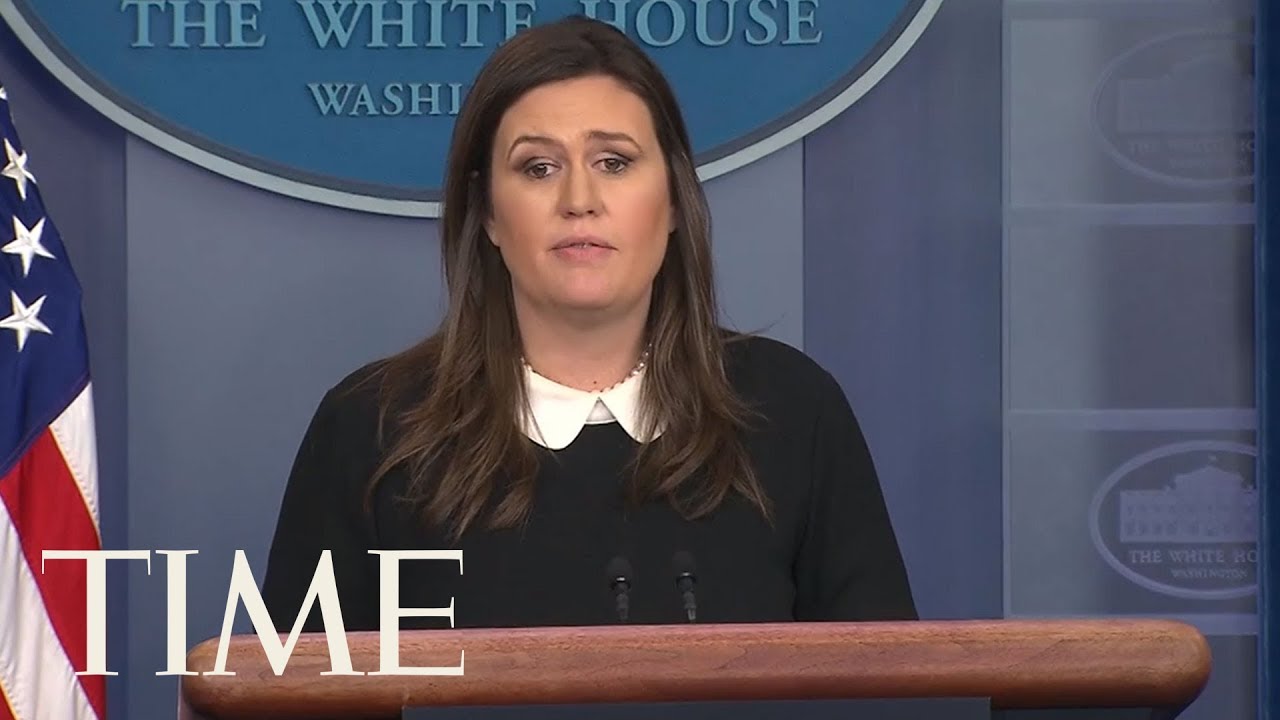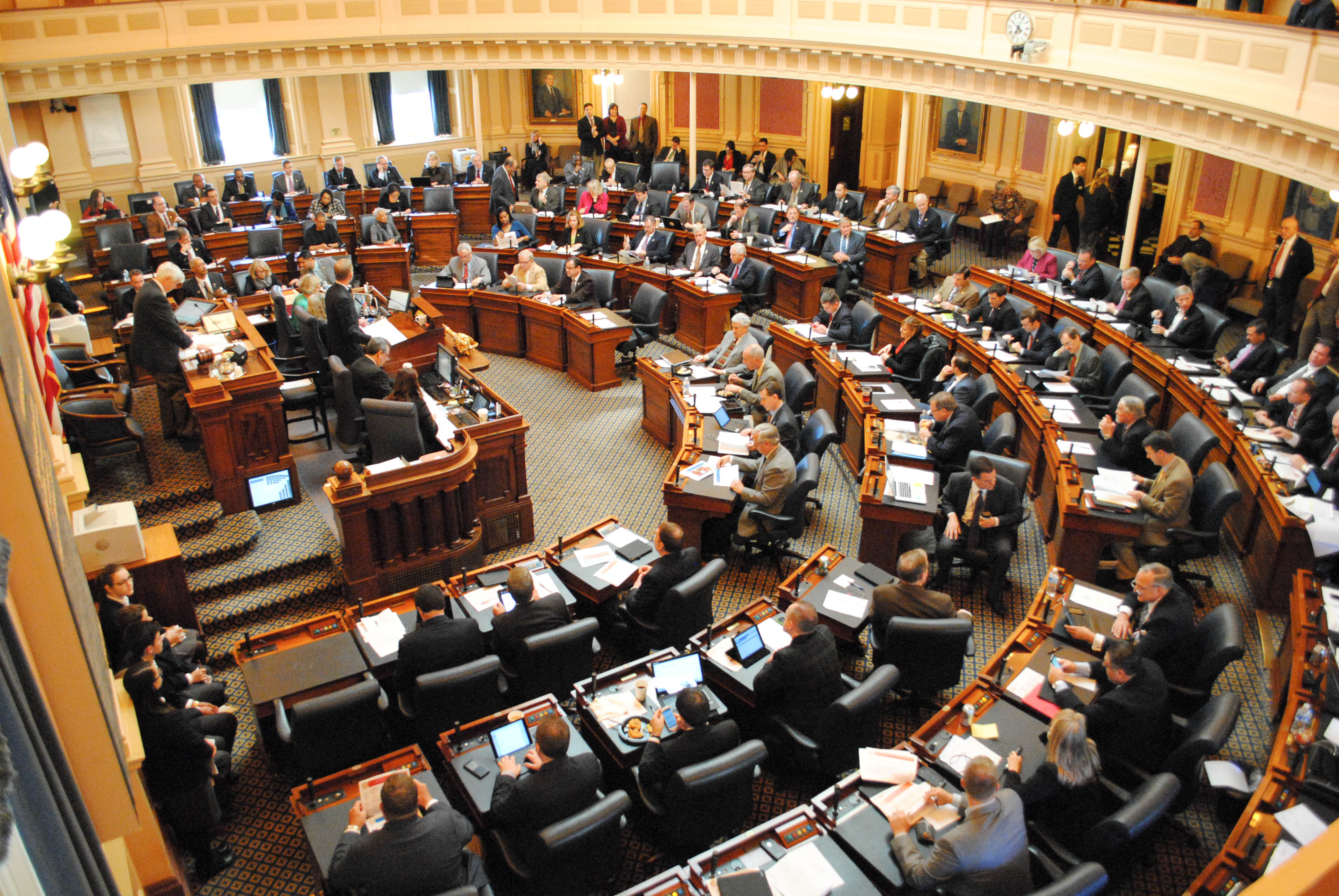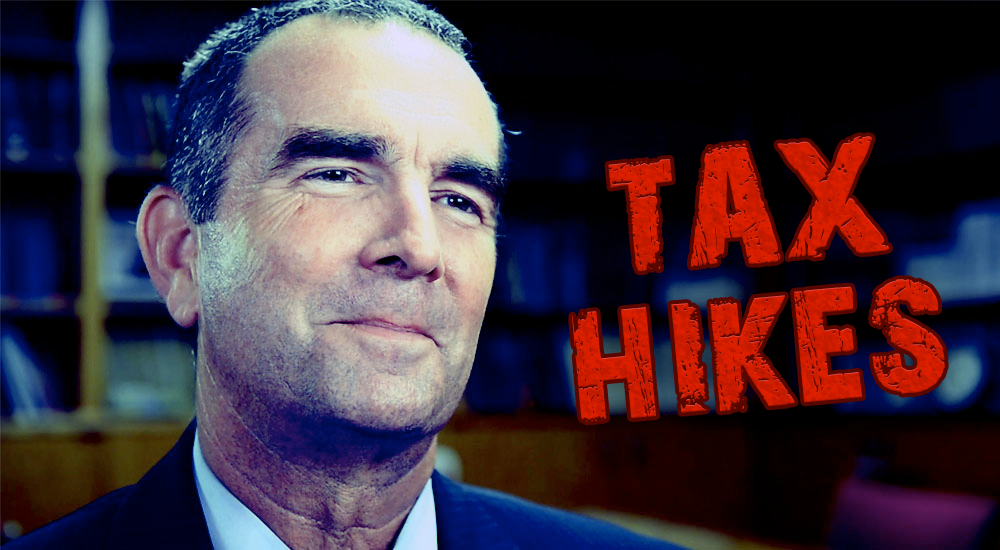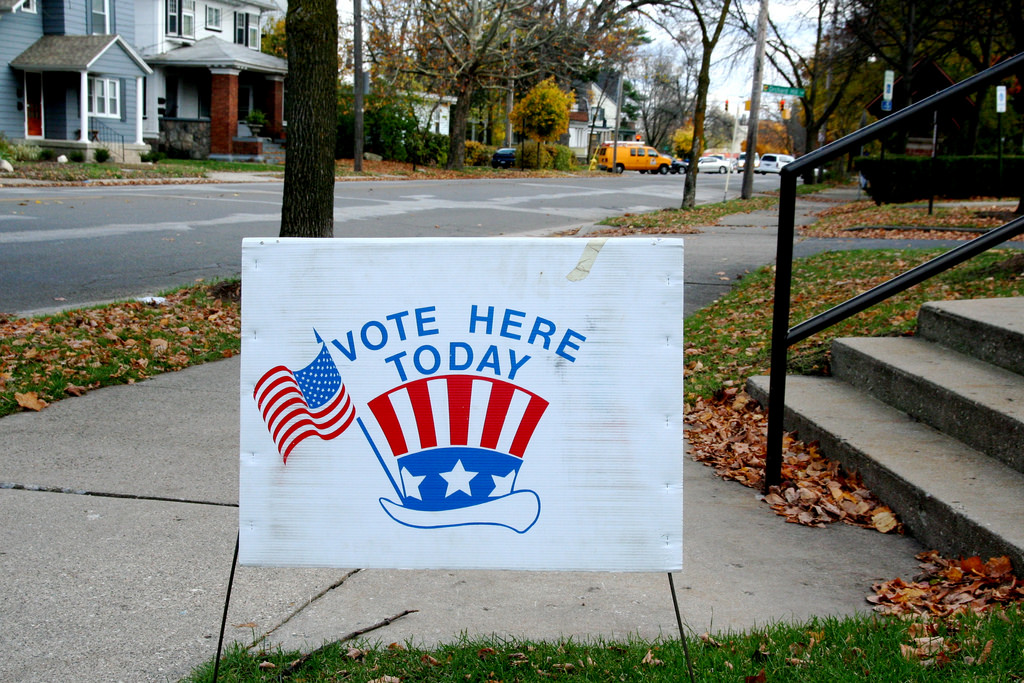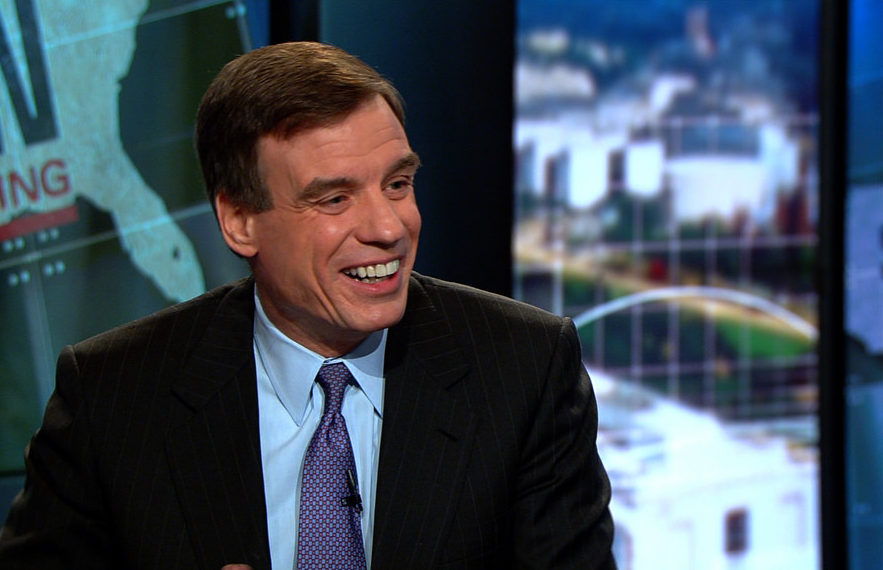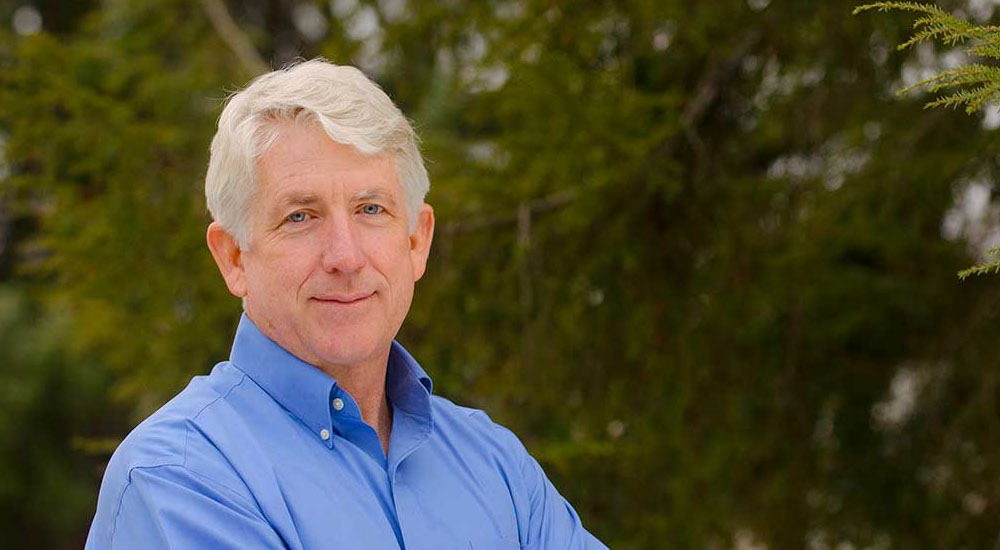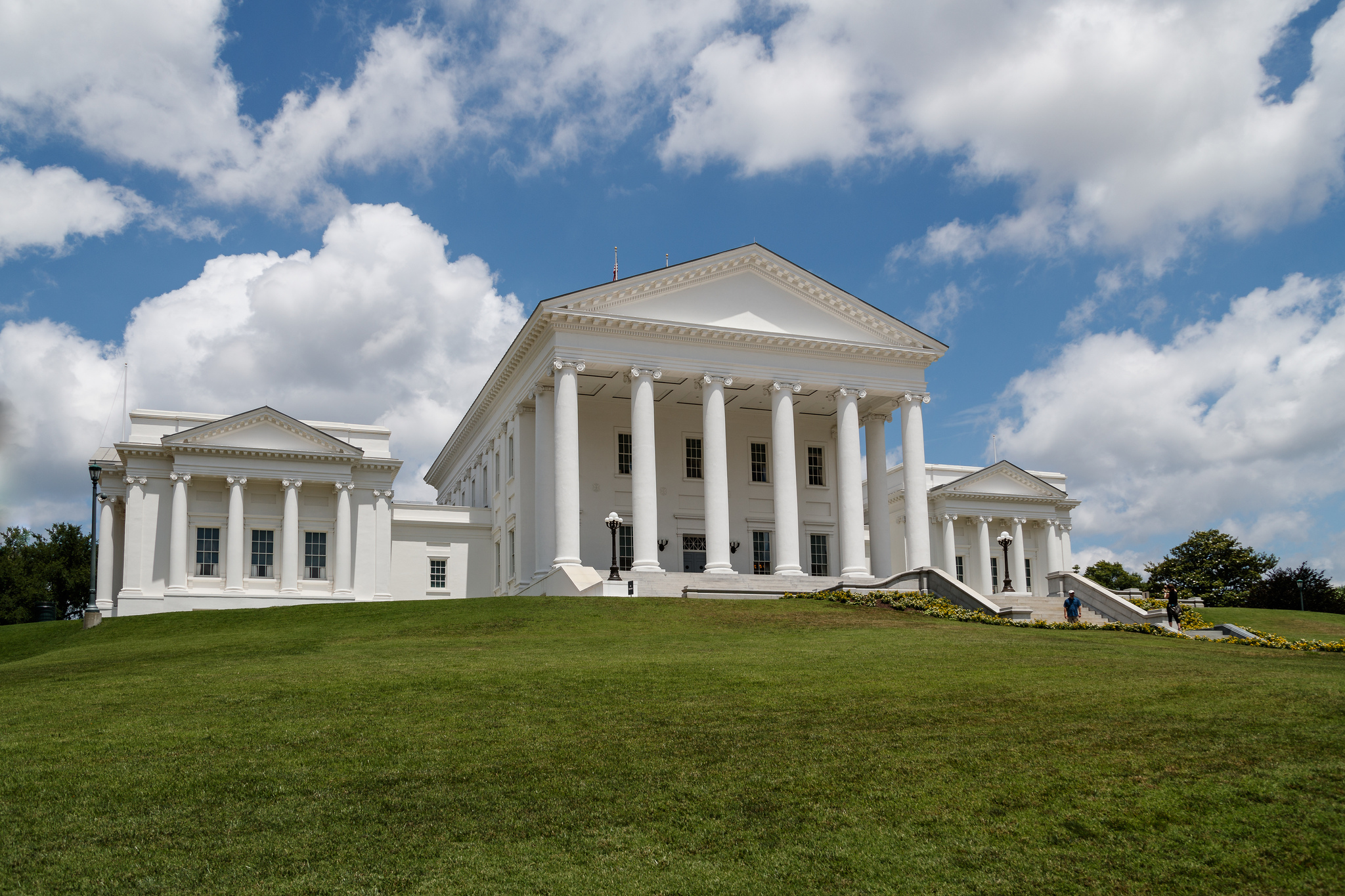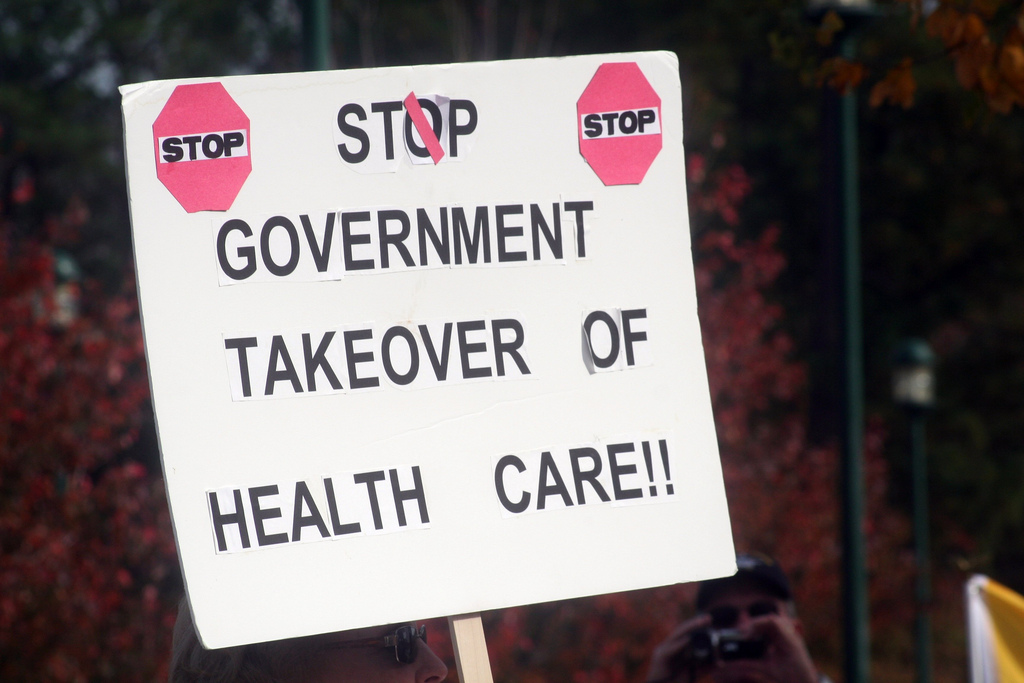The Department of Justice (DOJ) is now moving forward with a measure form the Trump Administration to officially ban bump stocks, which mimic the actions of automatically-firing weapons on semi-automatic firearms. The new law will take effect in late March, with people who currently own bump stocks required to either surrender them to the Bureau of Alcohol, Tobacco, Firearms, and Explosives (ATF) or destroy them.
White House Press Secretary Sarah Huckabee Sanders said during a press conference that March 21 is the deadline.
Bump stocks have been under national scrutiny and the source of many liberally-charged protests after the October 2017 Las Vegas massacre that left 58 dead and 851 injured. The lone gunman shot firearms modified with bump stocks from an open window in Mandalay Bay resort and casino down toward an adjacent country music concert, resulting in the deadliest mass shooting in modern U.S. history.
After the tragic event, manufacturers of firearms stopped production of bump stocks ahead of a possible action on the items from the U.S. government.
Previously, ATF officials concluded that bump stocks were only a gun “accessory” or “part,” which are not subject to federal regulation. Earlier this year, however, President Donald Trump said that he would work with White House officials to ban the devices, which drew much ire from Republicans that ran on fighting restrictions on lawfully-owned firearms.
Signed by acting-Attorney General Matthew Whitaker on Tuesday morning, the measure was almost immediately met by resistance from conservatives and gun ownership advocates. In a report from AP, Gun Owners of America stated that it would file a lawsuit against the DOJ and ATF in order to protect gun owners from the “unconstitutional regulations.”
“These regulations implicate Second Amendment rights, and courts should be highly suspect when an agency changes its ‘interpretation’ of a statute in order to impair the exercise of enumerated constitutional rights,” said the organization’s executive director, Erich Pratt.

